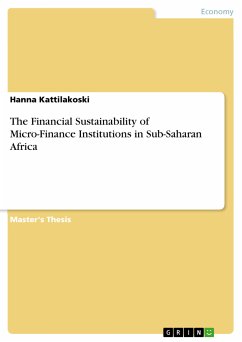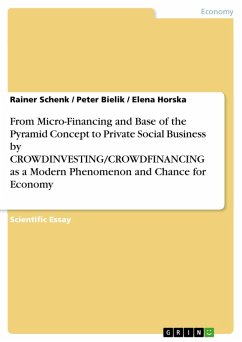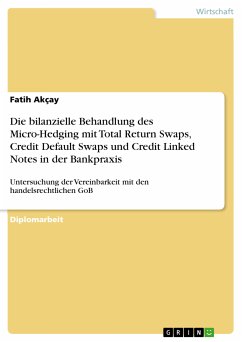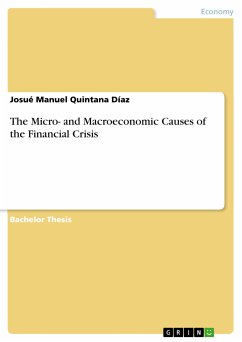Master's Thesis from the year 2016 in the subject Business economics - Investment and Finance, grade: Undergraduate, , language: English, abstract: Introduced in 1976, modern Micro-finance was a help up for decades as the revolutionary tool to eradicate poverty around the world. Nowadays there is a controversial about the real effect of Micro-finance on the most deprived. This paper is set to examine all the aspects of micro-finance in developing countries and prevent a failure in least developed countries. It also describes the effect of Micro finance in least developed countries. Indeed, including the poor in the financial system as always been seen as a factor of economic growth and also a tool to fight poverty in least developed countries. In the finance literature, a lot of authors argued the effect of Micro-Finance on the most deprived societies. More debates arose when Micro-Finance has failed in some developing countries such as India and South Africa. This study was designed to analyse the effect of Micro-finance on the poverty rate of selected least developed and developing countries. The study also focuses on the relationship between several variables such as Literacy rate, loan per person, total population and poverty rate.
Dieser Download kann aus rechtlichen Gründen nur mit Rechnungsadresse in A, B, BG, CY, CZ, D, DK, EW, E, FIN, F, GR, HR, H, IRL, I, LT, L, LR, M, NL, PL, P, R, S, SLO, SK ausgeliefert werden.









